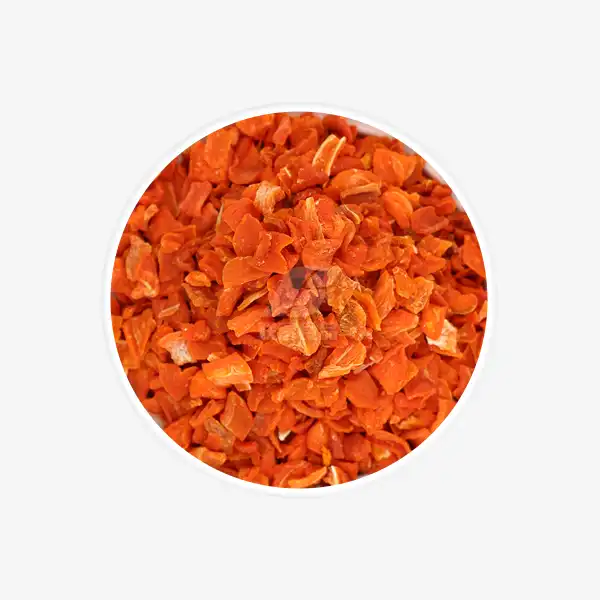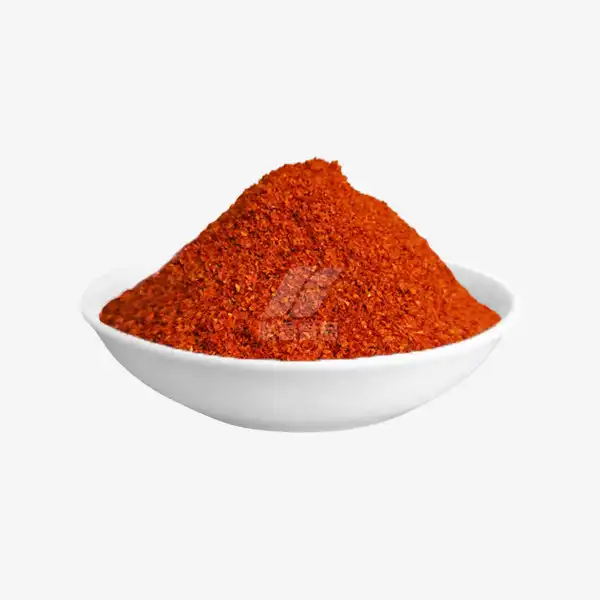How to Store Tomato Powder for Emergency Preparedness?
Tomato powder is an invaluable addition to any emergency food supply. This versatile ingredient packs a punch of flavor and nutrition in a compact, shelf-stable form. Whether you're an avid prepper or simply looking to extend your pantry's capabilities, learning how to properly store and use tomato powder made by dehydrate tomatoes for powder can significantly enhance your emergency meal planning. In this comprehensive guide, we'll explore the best storage methods, home dehydration techniques, and creative uses for tomato powder in survival situations.
Best Containers to Store Tomato Powder Long-Term
Proper storage is crucial for maintaining the quality and shelf life of your tomato powder. Here are some top container options:
- Glass Mason Jars: These classic containers are excellent for storing tomato powder thanks to their airtight seals and moisture resistance. They allow easy visibility of contents, making them convenient for kitchen use. Opting for dark amber jars helps block harmful light, further preserving the color, flavor, and nutrients of the powder.
- Mylar Bags: These multi-layered, durable bags provide outstanding protection from environmental factors like light, moisture, and oxygen. When sealed with a heat sealer and combined with oxygen absorbers, Mylar bags can significantly extend the shelf life of tomato powder made by dehydrate tomatoes for powder, making them ideal for long-term pantry storage or emergency food reserves.
- Food-Grade Buckets: For large-volume storage, food-grade plastic buckets with gamma seal lids provide a secure, airtight environment. To enhance protection, line the interior with a Mylar bag before filling it with tomato powder. This dual-layered approach helps maintain freshness while also facilitating easier transportation and long-term use.
- Vacuum-Sealed Bags: Vacuum sealing tomato powder into portion-controlled pouches prevents oxidation and moisture intrusion, preserving flavor and nutrient content. This method is ideal for daily use and meal prep, as it allows you to store manageable amounts while maintaining overall freshness across all stored portions.
Regardless of the container you choose, always include oxygen absorbers to prevent spoilage caused by oxidation and microbial growth. These small packets help maintain freshness by removing excess oxygen. Additionally, store your containers in a cool, dark, and dry place to shield the tomato powder from light, heat, and humidity, which can degrade its quality. This storage method helps preserve flavor, nutrients, and shelf life for months.
Steps to Dehydrate Tomatoes for Powder at Home
Creating your own tomato powder allows you to control the quality and ensures a fresh supply. Follow these steps:
1. Select Ripe Tomatoes: Choose fully ripe, blemish-free tomatoes for the best flavor and nutrient content. Roma or paste tomatoes are ideal because of their firm texture and naturally lower water content.
2. Wash and Slice: Thoroughly wash the tomatoes under running water to remove dirt and bacteria. Slice them uniformly into 1/4-inch thick rounds to ensure even dehydration when you dehydrate tomatoes for powder during the drying process.
3. Arrange on Dehydrator Trays: Place the tomato slices in a single layer on dehydrator trays, ensuring no overlap. Proper spacing allows air to circulate evenly, promoting uniform drying and preventing spoilage.
4. Dehydrate: Set your food dehydrator to 135°F (57°C) and dry the tomatoes for 6–12 hours. They should become crisp and breakable, with no remaining pliability or visible moisture.
5. Cool and Check: After dehydration, allow the tomato slices to cool completely. Test for dryness by bending a slice—if it snaps cleanly, it's fully dried and ready for grinding.
6. Grind into Powder: Place the cooled, dried tomato slices into a high-powered blender or food processor. Grind until the mixture becomes a smooth, fine powder suitable for seasoning or cooking.
7. Sift and Re-grind: Sift the tomato powder through a fine-mesh strainer to remove any coarse particles. Reprocess any leftover bits until all the powder reaches a consistent, fine texture.
8. Package: Immediately transfer the finished tomato powder into airtight containers like mason jars or Mylar bags. Store in a cool, dark place to maintain freshness and prevent moisture absorption.
Top Uses for Tomato Powder in Survival Meals
Tomato powder is an incredibly versatile ingredient in emergency cooking. Here are some ingenious ways to incorporate it into your survival meals:
- Instant Tomato Sauce: Mix dehydrate tomatoes for powder with water to create a quick sauce for pasta or as a base for soups and stews.
- Flavor Enhancer: Sprinkle tomato powder into rice, beans, or other grains to boost flavor and nutrition.
- Emergency Pizza: Use reconstituted tomato powder as a pizza sauce on flatbreads or crackers topped with shelf-stable cheese.
- Tomato Soup: Combine tomato powder with powdered milk, dried herbs, and hot water for a comforting soup.
- Seasoning Blend: Mix tomato powder with other dried herbs and spices to create a versatile seasoning for meats, vegetables, or grains.
- Vitamin C Boost: Add a spoonful to drinks or meals for an extra dose of vitamin C and antioxidants.
Experimenting with tomato powder, made by dehydrating tomatoes for powder, in your everyday cooking allows you to explore its versatility and understand how it behaves in different recipes. Whether you're making soups, stews, sauces, or seasoning blends, regular use helps you master measurements, rehydration ratios, and flavor intensity. This practical experience ensures you can confidently use tomato powder in emergency situations where fresh ingredients may not be available, making it a reliable and familiar pantry staple.
Conclusion
Incorporating dehydrate tomatoes for powder into your emergency preparedness plan is a smart move for any forward-thinking individual. Its long shelf life, compact storage, and versatility make it an essential item in any survival pantry. By following proper storage techniques and exploring creative uses, you'll be well-equipped to enhance the flavor and nutritional value of your emergency meals.
For high-quality dehydrated vegetables and powders, including premium tomato powder, contact Xinghua Lianfu Food Co., Ltd. at qingzhengliu@jslianfu.com. Our products meet stringent quality standards and are perfect for both everyday use and emergency preparedness.
References
1. Smith, J. (2022). "The Prepper's Guide to Dehydrated Foods". Survival Press.
2. Johnson, A. (2021). "Long-Term Food Storage Techniques for Emergency Preparedness". Emergency Planning Institute.
3. Davis, M. (2023). "Tomato Powder: The Versatile Ingredient for Survival Cooking". Homestead Journal.
4. Brown, L. (2022). "Maximizing Nutrition in Emergency Food Supplies". Disaster Preparedness Magazine.
5. Wilson, R. (2023). "DIY Dehydration: Creating Your Own Emergency Food Supply". Self-Reliance Monthly.

_1729843393550.webp)









